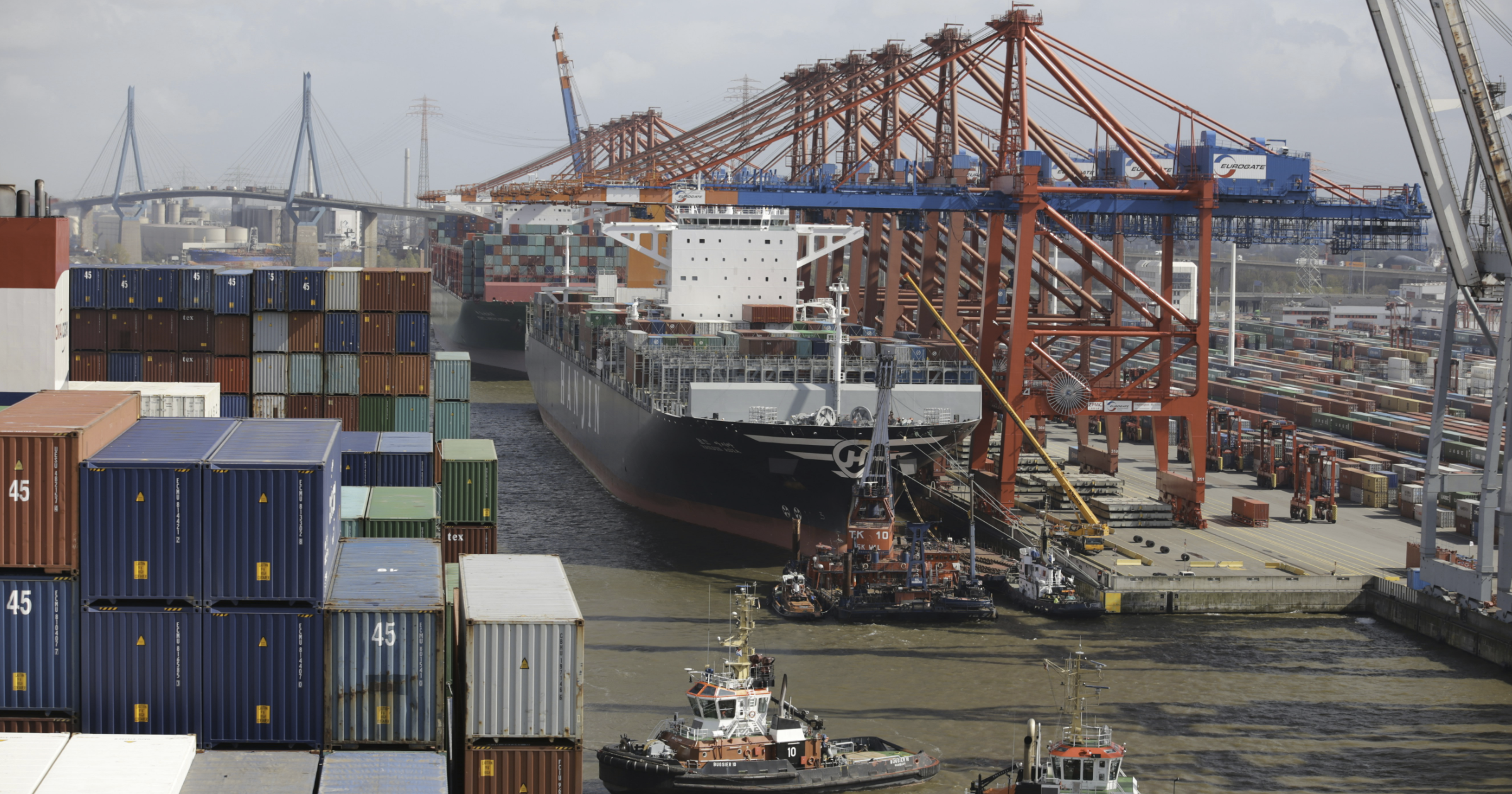written by Mohamed Moutii
As Donald Trump prepares to return to the White House, his proposed trade policies threaten to unleash economic chaos that could devastate American consumers, businesses and the global economic order. His fixation on tariffs—which he once called “the most beautiful word in the dictionary”— promises to be far more destructive during his second term than during his first presidency.
His trade approach heralds the dawn of a new era of US trade protectionism that will sweep many US trading partners into its ambit. Economists warn that these policies could trigger widespread retaliation, possibly ignite a full-scale global trade war and finally disrupt the US and the global economy.

Unchecked Presidential Power: The Legal Loopholes Fueling Trump’s Aggressive Trade Agenda
With Republican control in both houses of Congress, Trump’s prospective second term promises even more aggressive protectionist measures. He has pledged to impose a universal tariff of 10% and 20% on all imports, along with a 25% tariff on all products from Mexico and Canada and a 60% tariff on Chinese goods. In some cases, he even suggested tariffs as high as 100% on specific categories of imports. His justification? A mix of immigration concerns, drug trafficking, and an “America First” economic strategy.
Even if Congress opposes his approach, Trump has made it clear he plans to act unilaterally on tariffs, stating, “I don’t need Congress, but they’ll approve it. I’ll have the right to impose them myself if they don’t.” While Article I, Section 8 of the U.S. Constitution granted trade regulation and tariff authority to Congress, much of this power was delegated to the president in 1934 to reduce protectionism after the Smoot-Hawley Tariff Act of 1930. This system functioned well for decades, with the president negotiating trade deals and Congress providing oversight.
However, this balance shifted with Trump’s election in 2016. Leveraging broad statutory powers, he enacted unilateral trade measures that disrupted U.S. trade policy—a pattern he seems poised to continue in a second term. His administration has already explored ways to bypass Congress, including invoking the 1977 International Emergency Economic Powers Act, which allows the president to declare an economic emergency and impose tariffs independently.
Trump’s Trade Wall: The Economic Strain on the U.S. and Its Allies
Contrary to Donald Trump’s assertion that tariffs are taxes on foreign countries, studies show otherwise. Americans bear the cost of tariffs just like any other tax. Many studies have estimated that these tariffs could increase annual household expenses by an alarming $2,600 to $3,900, while consumer prices could rise by 1 to 2.8%, disproportionately harming low- and middle-income families. As inherently regressive measures, tariffs place the most significant burden on those least able to bear it, undermining economic stability and well-being.
Furthermore, his protectionist policies risk straining alliances and undermining global and U.S. economic growth. Higher tariffs on the EU, which he called “mini-China,” could intensify Germany’s economic struggles, particularly in the automotive sector, where 780,000 jobs are at risk due to declining profits and competition from Chinese EVs. Volkswagen, for example, is planning significant factory closures, highlighting the sector’s vulnerability.
Similarly, U.S. tariffs would raise production costs for U.S. manufacturers. A 25% tariff on Mexico and Canada could add $3,000 to car prices, cutting earnings per share by up to 50% for General Motors and Stellantis and 25% for Ford. This would disrupt supply chains, stifle innovation, and lead to potential job losses. A recent study highlights that import tariffs can severely harm the competitiveness of U.S. companies, as many imports are intermediate goods processed domestically. Tariffs raise the cost of these inputs and, therefore, drive up production costs. Even if Trump excluded final products to shield lower-income groups, higher input costs would still disadvantage U.S. businesses, who often pass those costs on to consumers.
Moreover, a prolonged global trade war could significantly impact the economy, slashing global trade growth by 2.4 percentage points, putting $510 billion in exports at risk, and reducing global GDP growth by 0.8 to 2.3 percentage points in the event of retaliatory measures—significantly hurting the global economy.
Beyond economic implications, Trump’s policies threaten the stability of multilateral institutions like the World Trade Organization (WTO), which have been crucial for fostering international cooperation. His first term represented a notable shift away from the rule-based global trade framework, making the WTO more susceptible to challenges. His administration paralyzed the WTO’s appellate body, blocked dispute resolution, and relied on unilateral tariffs to advance an “America First” agenda.
Undermining these systems again risks plunging the global trading system into a chaotic era of protectionism, resulting in significant economic and geopolitical repercussions.
Conclusion
One point of consensus among economists is that free trade enhances consumer benefits and fosters innovation. Trump’s protectionist policies overlook this reality, presenting misleading assurances while obstructing economic advancement. A shift back to free trade—by unilaterally eliminating tariffs—would reduce prices, enhance competitiveness, and mend international trade relationships. The true strength of America’s economy is rooted in openness rather than restrictions.

